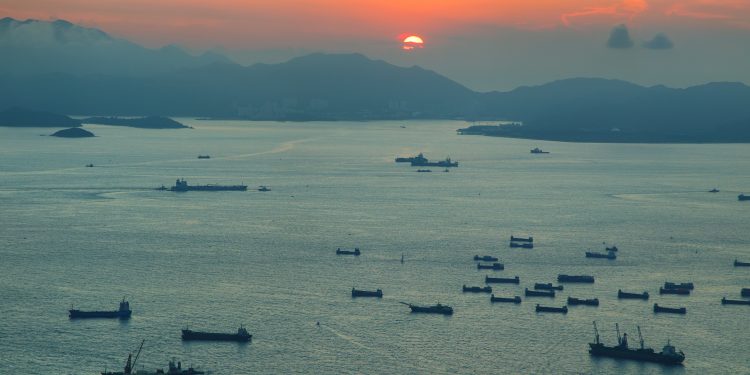The Paris Memorandum of Understanding (Paris MoU) on Port State Control (PSC) carried out a Concentrated Inspection Campaign (CIC) on Stability in General jointly with the Tokyo MOU between September 1, 2021 and December 1, 2021.
The objective of the CIC was to check the level of compliance and create awareness with the requirements of Stability. Stability in general is considered an inspection item for PSC inspections. During the CIC, a total of 3995 inspections were carried out with the questionnaire. The CIC-topic detention rate in the period was 0.30% (12 ships were detained).
Of the CIC related detentions, the highest number of ships detained were Panama flagged. Azerbaijan, Comoros, Cyprus, Dominica, Egypt, Hong Kong (China), Marshall Islands and Norway each had one ship detained with a deficiency from this CIC as a ground for detention.
Of the Paris MoU member States, Italy raised the most CIC deficiencies (38), followed by Spain (32). Italy detained the highest number of ships for CIC-related deficiencies (6). It is important to note however that these numbers are not proportional to the number of inspections done by the countries.
Results of the CIC
- Responses to Question 3 which asked whether the ship complied with stability criteria as applicable to ship type, reported the most favourable results – 99.7% responded yes. This was closely followed with Question 4, which asked if there was evidence to show that the Master or responsible officer can determine the stability of the ship under varying conditions of service using the approved stability information onboard, – 99.4% responded yes. However, it is to be noted that whilst the compliance for Question 4 was high, it also led to the most detentions, suggesting that when it was wrong, it was badly wrong.
- The least favourable results were reported for Question 7, which asked whether there is evidence onboard to show that the Master/loading officer confirms that the “calculated” displacement and trim corresponds with the observed draughts – 5.4% responded no.
- This was followed by Question 8, which asked whether the accuracy of the Stability Instrument (if provided) is verified periodically by applying at least one approved test condition – 4.8% responded no.
- Question 6 and 7 had the highest “n/a” response (19.7% & 19.6% respectively), this is due to the questions referring to stability instruments (if fitted).
- Of the 138 ships detained during the CIC, 12 were related to the CIC topic representing 8.7% of total detentions and 0.3% of all inspections in the time period.
- The overall detention rate as percentage of inspections was 3.3%.
- The overall CIC-topic detention rate as related to percentage of inspections was 0.28%.
- The majority of the vessels with deficiencies marked as grounds for detention were in the Standard Risk category.
- By ship type, General cargo/multipurpose had the highest CIC-topic related detention rate (42%), followed by Container (25%), and Bulk Carrier (17%). A number of ship types had zero CIC-topic related detentions.
- By ship age, younger ships (<6 years) had the lowest detention rate for CIC-topic detentions (0%) while the highest rate peaked for ships aged 13-18 years (42%).
- Of the ships with CIC related grounds for detention, the highest number of ships detained were Panama flagged (4). Azerbaijan, Comoros, Cyprus, Dominica, Egypt, Hong Kong (China), Marshall Islands and Norway each had one ship detained with a deficiency from this CIC as a ground for detention.
- The Flag administrations which had CIC topic detentions were a mix of White, Grey, Black and not listed in the Paris MOU WGB list and no trend could be discerned.
Conclusions
The evaluation of the CIC has shown some ambiguity regarding the results recorded based on the questionnaire. Whilst the outcome suggests good compliance, a wider review of inspection statistics within the time period indicated a differing narrative. Because the results appear inconclusive, they are only published on the Paris MoU website.
Recommendations
It is recommended that industry work with crews to raise awareness on the topics of the CIC. Particular attention should be brought to the requirements that raised the most concern in the CIC (namely that the Master/Loading Officer confirms that the “calculated” displacement and trim corresponds with the “observed” draughts).






























































